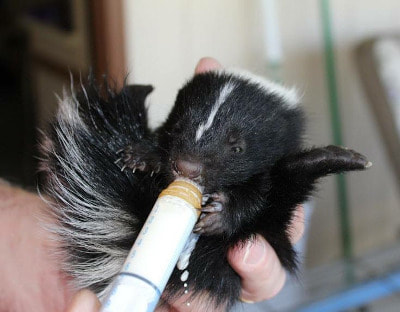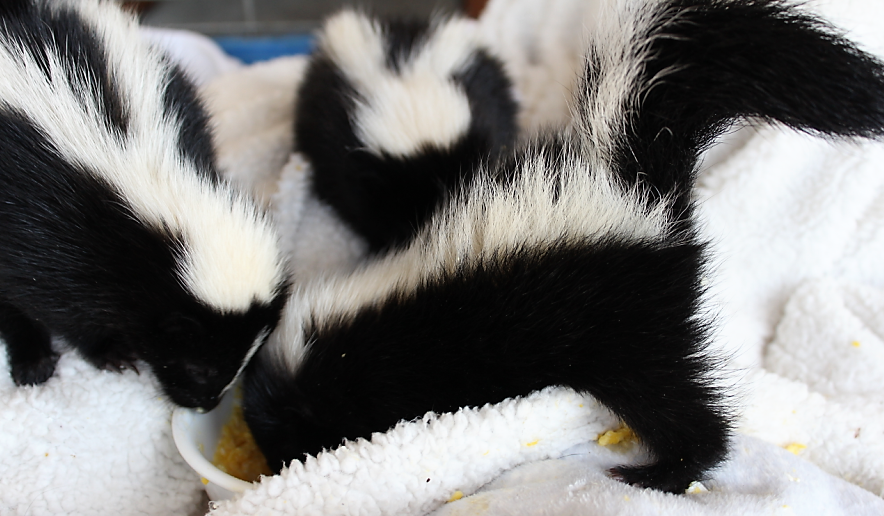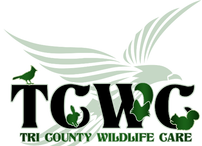the Skunk

the SKUNK
It’s 2 a.m. on a hot summer’s night. The windows are open to allow any breeze in to cool off the house. Sniff? Sniff? SNIFF! Honey, wake up! We have to close the windows! That strong smell is from two scent glands at the base of the tail of your visiting skunk. This one tablespoon of an oily sulfur-containing liquid is used as a last defense. First, they will stomp their feet, then lift their tail and rear end and hiss. If their intended target doesn’t heed this warning, they will spray. That spray can go as far as 10 feet and one tablespoon is good enough for five sprays. They don’t use this spray defense casually, as it can take up to 10 days to regenerate. Skunks are found throughout the United States, southern Canada and northern Mexico. They live in both urban and rural areas. They do not hibernate but are less active during the colder parts of the year and store up extra fat to make up for decreased activity during that time. Striped skunks are nocturnal. You are likely to see them at dawn, dusk and during the night. Their black fur serves as camouflage helping to hide them or allowing them to blend into the darkness when they are most active. The white stripe is actually a warning to other animals. Any animal, or human, who is sprayed never forgets that white stripe. Skunks nest in burrows left behind by other animals, hollow logs, under sheds, and abandoned buildings. In February, they start looking for mates. The female will give birth to two or as many as 10 young each year during May and June. At only eight days old, the young can emit that odor we know so well. The females raise the young and teach the young ones how to hunt and find food. A striped skunk diet consists of fruit, vegetables, eggs, insects, larvae, and small mammals, fish and reptiles. You can avoid encountering a skunk when you leave your house after dark. They have poor eyesight, so they might not see you, but they can hear you. So, clap your hands, whistle, stomp your feet (just like a skunk), to alert any nearby skunk that you are approaching. That will give them time to run away or hide. Most people don’t want skunks around, but they are very beneficial. One of their favorite foods is the yellow-jacket. Skunks will dig up their underground nests and while the yellow-jackets are escaping, the skunk stomps on them and gobbles them up. They also eat slugs and snails and keep your yard free of rats and mice. We are always happy to help with nuisance skunks. Here are a few good pointers - http://www.pawspartners.org/nuisance-skunks.html – or give us a call. Tri County Wildlife Care, a local nonprofit started in 1994, is dedicated to the rescue and rehabilitation of our native wildlife and helping our community live in balance with wildlife. They envision a world where wildlife and people thrive together. For more information call (209) 283-3245, or visit pawspartners.org. |
Learn More!
|


